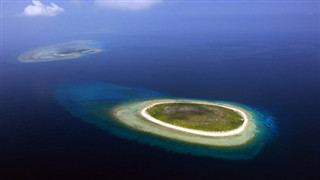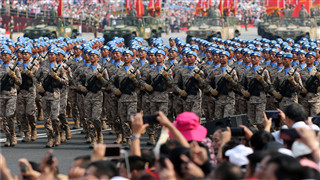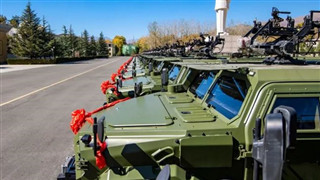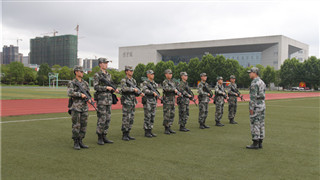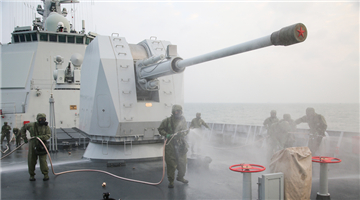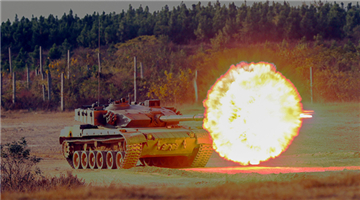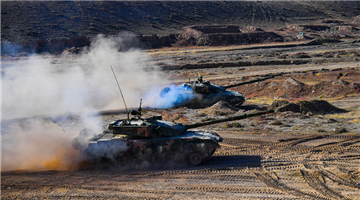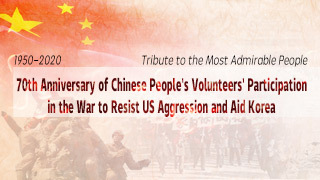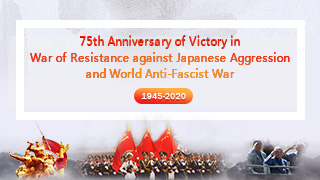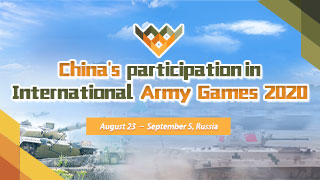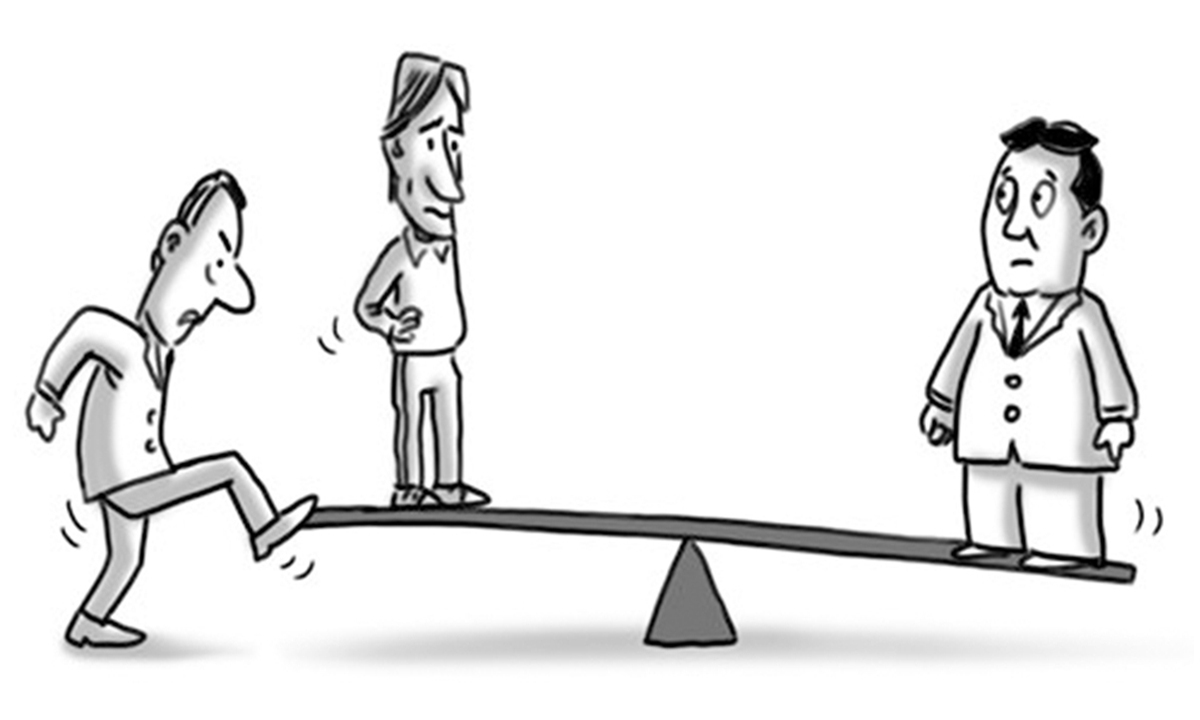
By Li Shuo
In recent years, along with the development of the US-Japan alliance, Tokyo has simultaneously promoted the integration of US-Japan militaries and strengthened security operations with countries such as Australia, India, the Philippines and Vietnam.
In particular, Australia, an island country albeit of continental proportions, has similar characteristics with Japan in terms of geosecurity disputes and the ongoing power competition. This allows the two countries to have a lot of room for military cooperation.
For Japan, Australia has become the country with the closest security cooperation besides the US. Certain observers now recognize that Japan-Australia relations are considered as quasi-military alliance.
In September, Yoshihide Suga formally assumed the post of Japan's Prime Minister. He carried out the first telephone summit meeting with Australian Prime Minister Scott Morrison on September 20. The two sides expressed their desire to continue to strengthen Japan-Australia relations and confirmed that they will deepen security cooperation for the establishment of a free and open Indo-Pacific region under the Indo-Pacific concept.
Within two months of Suga coming to power, significant progress has been made in Japan-Australia security cooperation. On October 19, Japanese Defense Minister Nobuo Kishi and Australian Defense Minister Linda Reynolds held talks in Tokyo. The two sides reached an agreement to create a framework within which the Japan Self-Defense Forces (SDFs) will provide protection for Australian warships and other military assets. Australia will become the second country, after the US, to have its military assets come under Japan's protection through a provision in the SDF Law.
Moreover, the two sides discussed issues such as military cooperation in new security fields including space and networks. Exchanges and visits between military officials and troops were on the agenda as well. While the two defense chiefs were actively preparing to boost security cooperation, the SDFs and the Australian Army also sent warships to conduct military training exercises with the US military in the South China Sea.
According to Japanese media reports, Tokyo and Canberra have basically reached an agreement regarding the simplification of specific procedures for sending troops to each other's country for military operations, such as training exercises and disaster relief assistance.
The negotiations began in 2014, and the agreement was originally named the "Visiting Forces Agreement (VFA)," which has been changed to the "Reciprocal Access Agreement (RAA)." It is expected that the above-mentioned agreement between Japan and Australia will be finally confirmed during Morrison's visit to Japan later this month. Australia will then become the first target country of Japan's RAA.
Australia is an important partner for both Japan and the US in their implementation of the Indo-Pacific Strategy. On the basis of the US-Japan alliance, Tokyo and Canberra have continued to carry out deep security cooperation. On October 6, the foreign ministers of the four countries - the US, Japan, Australia and India - gathered in Tokyo to discuss cooperation on the so-called Indo-Pacific Strategy, with obvious intentions of containing China.
In early November, the four countries kick-started the Malabar Exercise. However, some analysts believe that although they are constantly strengthening military cooperation, the four countries also have their own calculations, which makes them difficult to be integrated into one.
After Suga took office, Japan-Australia security cooperation has continued to move forward. Many analysts think the upcoming summit between Suga and Morrison will likely see a stronger consensus between the two for further security cooperation.
However, such cooperation is more of political significance. The two sides will not make any concessions for each other's core substantive interests. For example, in 2016, Australia officially announced that it would hand over a large order for its 12 submarines to France, thus closing the door to the Japanese Soryu-class submarines, which had been considered internationally the most likely to win the contract .
The author is PhD candidate at the Japan Institute of Nankai University.


